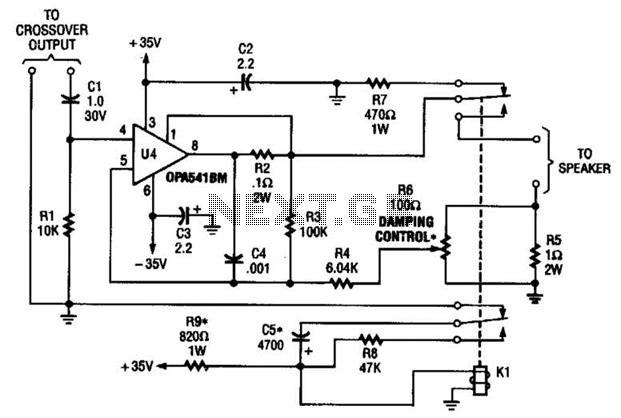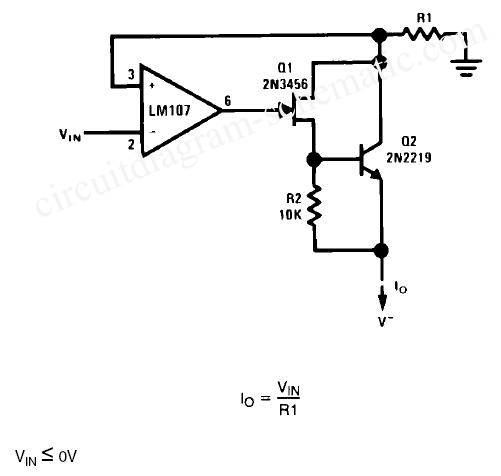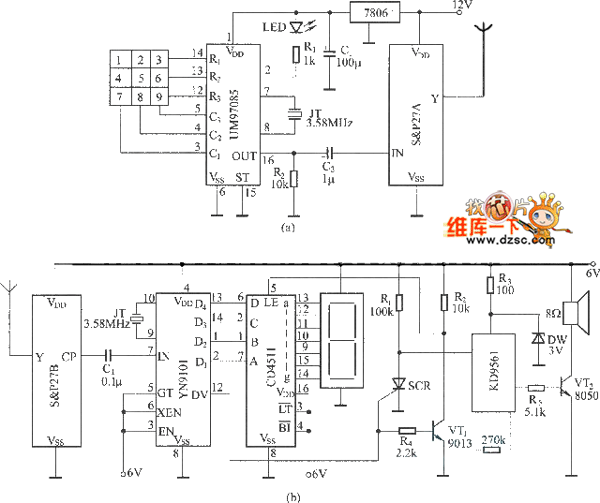
Buck-shaped three-start circuit

The circuit illustrated in Figure 3-62 is a manually controlled step-down start button circuit. Upon startup, the initial motor windings are configured in a Y-shape. Subsequently, the configuration transitions to a Yanbian shape (2:1), followed by a Yanbian shape (1:2), and ultimately shifts to a -shape for normal operational mode, representing a three-step down start process.
The circuit design employs a sequential winding configuration to facilitate a smooth transition from startup to full operational capacity. The use of a step-down start method is critical in reducing the inrush current during motor startup, which helps prevent damage to the motor and associated components.
Initially, the motor windings are connected in a Y configuration, which allows for a lower voltage across the motor terminals, thereby reducing the starting current. As the motor gains speed, the circuit transitions to the Yanbian shape (2:1), which further modifies the winding connections to enhance torque and efficiency. The next phase, Yanbian shape (1:2), continues to optimize the motor's performance as it approaches operational speed.
Finally, the circuit transitions to the -shape configuration, which is the standard operational mode for the motor, allowing it to run at full voltage and current. This three-step process not only ensures a gradual increase in motor performance but also enhances the longevity of the motor by mitigating mechanical stress during startup.
In practical applications, this circuit design is particularly beneficial in environments where large motors are used, such as in industrial machinery, HVAC systems, and other heavy-duty applications. The controlled startup process minimizes electrical and mechanical shock, leading to improved reliability and reduced maintenance costs. The implementation of this circuit requires careful consideration of component ratings and safety features to accommodate the varying operational states of the motor.Circuit shown in Figure 3-62. The circuit is a step-down start button manually controlled. At startup, the first motor windings connected into Y-shaped, and then successively transferred to the Yanbian shape (2: 1), Yanbian shape (1 t 2), and finally transferred into a -shaped put into normal operation, the case of three step-down start.
The circuit design employs a sequential winding configuration to facilitate a smooth transition from startup to full operational capacity. The use of a step-down start method is critical in reducing the inrush current during motor startup, which helps prevent damage to the motor and associated components.
Initially, the motor windings are connected in a Y configuration, which allows for a lower voltage across the motor terminals, thereby reducing the starting current. As the motor gains speed, the circuit transitions to the Yanbian shape (2:1), which further modifies the winding connections to enhance torque and efficiency. The next phase, Yanbian shape (1:2), continues to optimize the motor's performance as it approaches operational speed.
Finally, the circuit transitions to the -shape configuration, which is the standard operational mode for the motor, allowing it to run at full voltage and current. This three-step process not only ensures a gradual increase in motor performance but also enhances the longevity of the motor by mitigating mechanical stress during startup.
In practical applications, this circuit design is particularly beneficial in environments where large motors are used, such as in industrial machinery, HVAC systems, and other heavy-duty applications. The controlled startup process minimizes electrical and mechanical shock, leading to improved reliability and reduced maintenance costs. The implementation of this circuit requires careful consideration of component ratings and safety features to accommodate the varying operational states of the motor.Circuit shown in Figure 3-62. The circuit is a step-down start button manually controlled. At startup, the first motor windings connected into Y-shaped, and then successively transferred to the Yanbian shape (2: 1), Yanbian shape (1 t 2), and finally transferred into a -shaped put into normal operation, the case of three step-down start.





